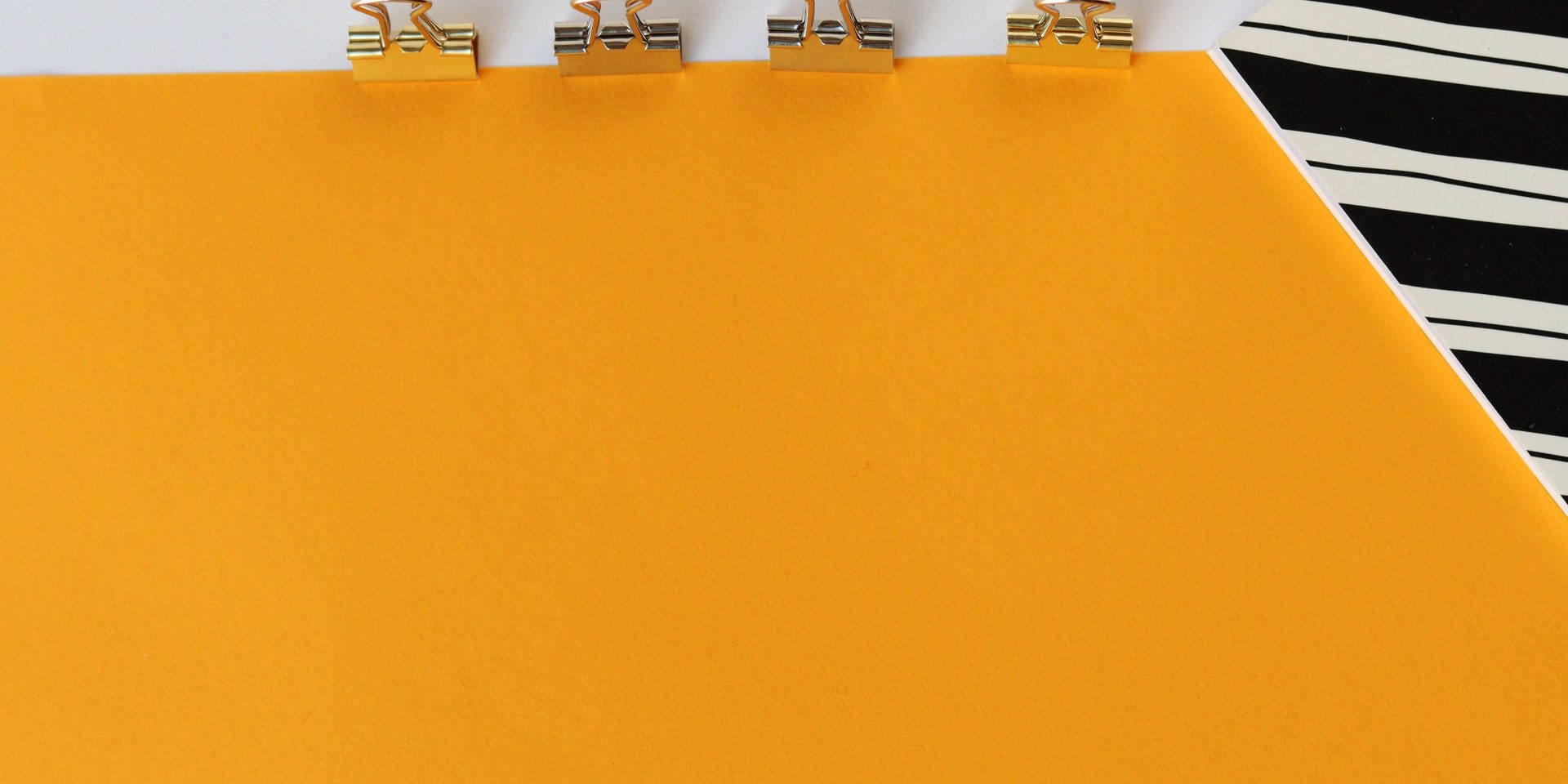What Does a Diversified Portfolio Actually Look Like?
You’ve heard that it’s important to create a well-diversified portfolio and know that it is a critical step in your financial plan, but what does a diversified portfolio actually look like? To create one, you need to know what that means and practical steps for making it happen.
In this article, we will be breaking down what a diversified portfolio is, and which asset allocations often make the most sense for people. Then, we will discuss how to diversify when you have equity compensation that causes you to hold large amounts of company stock.
First, Why Diversify?
Diversification means investing in a mix of assets whose returns respond differently to macroeconomic and individual business factors. This means that as life happens and those factors change, the value of your investments will not fluctuate the same way as one another. What causes one investment to decline in value might cause another to increase. Investments whose returns do not move the same are said to be uncorrelated.
By investing in a diversified mix of uncorrelated assets, you reduce the unnecessary risk in your portfolio. We call this unsystematic risk. The practical effect is that the return on your portfolio is more stable over time. You’ll earn a more consistent return that will help you better plan for reaching your goals.
What Types of Investments go into a Portfolio?
An investment portfolio is a combination of different types of investments. Broadly speaking, investments fall into a few basic categories:
- Stock. These are shares that represent ownership interests in corporations. Your return is dependent on the success of the company. You can earn dividends that are paid out from the company’s earnings, as well as price appreciation if the market bids the price of the stock up.
- Bonds. These are securities that represent loans made to the issuer. When you purchase bonds, you are effectively loaning money to the entity that issued it. You generally earn a stated rate of interest. There is also potential for some price appreciation, but generally, bonds are held for the interest they pay.
- Commodities. Physical assets like precious metals or agricultural goods. There is potential for price appreciation. Commodities are most often thought of as inflation hedges whose returns are uncorrelated to traditional investments like stocks and bonds.
What Does a Diversified Portfolio Look Like?
To create a diversified portfolio, you need to spread your investments out over a wide range of individual investments. This can easily be achieved with the use of mutual funds or exchange-traded funds. A single fund may invest in the shares of hundreds or thousands of different companies or hold the bonds of just as many issuers.
In addition to holding a large number of individual investments, you also need to decide the balance of assets you want to hold. This is most simply thought of as the total percentage of your portfolio that you want to hold in each class of securities. For example, you may want to hold 60% of your portfolio in stocks, 35% in bonds, and 5% in commodities. Your percentage mix is called an asset allocation. If your portfolio is properly diversified at the individual securities level, then your asset allocation will largely determine your risk and return balance.
Portfolios with larger stock holdings will have higher potential returns over time, but the returns will be more volatile as well. As an example, a portfolio that is 40% stocks and 60% bonds will likely have a lower return but be more stable than a portfolio of 80% stocks and 20% bonds.
Which Allocation is Right for You?
There is no one-size-fits-all portfolio. Your asset mix needs to reflect your risk tolerance and financial goals. When you are young and still have a longer investment horizon, it makes sense to have more stock – as much as 80 or 90% if you can stomach the ups and downs of the market.
When you get closer to your long-term goals like retirement, you’ll need to start shifting toward a more stable allocation. The “classic” retiree portfolio is 60% stock and 40% bonds, but again, that doesn’t mean that’s what you need. Many retirees hold even more conservative portfolios than that.
Does Your Equity Compensation Put You at Risk of Not Having a Diversified Portfolio?
Bottom line up front – yes! Equity compensation – such as stock options and RSUs – is great and can drastically increase your total pay beyond your standard salary, but you need to have a plan for what to do with it once you receive it.
Equity compensation can negatively impact your portfolio in two ways:
- Reducing your diversification by creating a concentrated stock position. Remember, diversification means that you spread your holdings out over many different securities. When you receive equity compensation, check that your company stock does not exceed X% of your total investments. If it does, you probably have too much and need to take a hard look at reducing your holdings of company stock.
- It throws you off of your chosen asset allocation. If, for example, you have decided that a 70% allocation to stock is best for you then receiving equity compensation might bump you up to 75%. You’ll need to do something to rebalance.
I want to make sure that I’m very clear; equity compensation is great! However, equity compensation is uniquely capable of messing up your investment plan and increasing your risk. You can easily mitigate this with a well-crafted plan to diversify.
If you’d like help, give us a call. We can show you how to figure out the right investment mix and asset allocation for you. We have particular expertise with all things equity compensation and know how to keep things from getting off course when company stock is involved.
We are ready to get started working for you!





